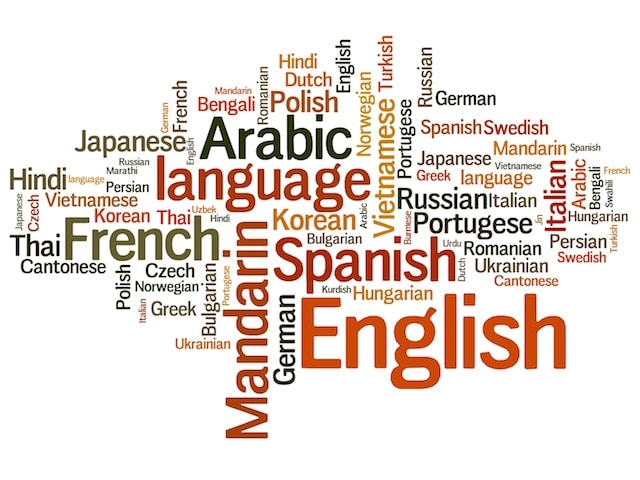BANTU LANGUAGE
Understanding The Bantu Language & Providing Professional Bantu Interpreters, Translators and Transcriptionists
American Language Services (AML-Global) understands the importance of working in the Bantu language. For over a Quarter of a Century, American Language Services? has worked with the Bantu language as well as hundreds of others from around the world. We offer comprehensive language services 24 hours, 7 days a week worldwide by providing Bantu interpreting, translation and transcriptions services along with hundreds of other languages and dialects. Our linguists are native speakers and writers who are screened, credentialed, certified, field tested and experienced in a number of specific industry settings. The Bantu language is unique and has very specific origins and characteristics.
Bantu in the Niger-Congo Region
The Niger-Congo region constitutes one of the world’s major language families, and Africa’s largest in terms of geographical area, number of speakers, and number of distinct languages. The main area of usage for Bantu is in the Sub-Saharan Africa, which lies south of the Sahara. Known as “Black Africa” in reference to its “black” population, this region is known for its tribal heritage and deep rooted archeological sites linking humanity to its earliest known findings. Sub-Saharan Africa is the poorest region in the world, suffering from the effects of economic mismanagement, local corruption, and inter-ethnic conflict. The region contains most of the least developed countries in the world making Bantu an important language to understand if philanthropy and global healthcare is a passion.
The Phonology of Bantu
The Bantu expansion has its original nucleus in West Africa, dividing into a Western and an Eastern Bantu group by about 1500 BC. The Eastern group has its nucleus at Urewe, in the first half of the 1st millennium BC. There follow a series of southwards advances, establishing a Congo nucleus by the end of the 1st millennium BC. In a final movement, the Bantu expansion reaches Southern Africa in the 1st millennium AD. Bantu has a clear preference for open syllable speech using Consonant Vowels. Verbs are composed of a root followed by one or more extensional suffixes. Because of this, Bantu has a nasal sound to its vowels, originating under the influence of complementary distribution between oral and nasal consonants.
Tonal system of Bantu
The large majority of present-day Niger-Congo languages are tonal. A typical Niger-Congo tone system involves two or three contrastive level tones. Four level systems are less widespread, and five level systems are rare. Only a few Niger-Congo languages are non-tonal; Swahili is perhaps the best known, but within the Atlantic branch some others are found. Proto-Niger-Congo is thought to have been a tone language with two contrastive levels.
Who are You Going to Trust with Your Vital Bantu Language Needs?
The Bantu language is an important language worldwide. It is vital to understand the general nature and specific idiosyncrasies of Bantu. Since 1985, AML-Global has provided outstanding Bantu interpreters, translators and transcriptionsts worldwide.
























